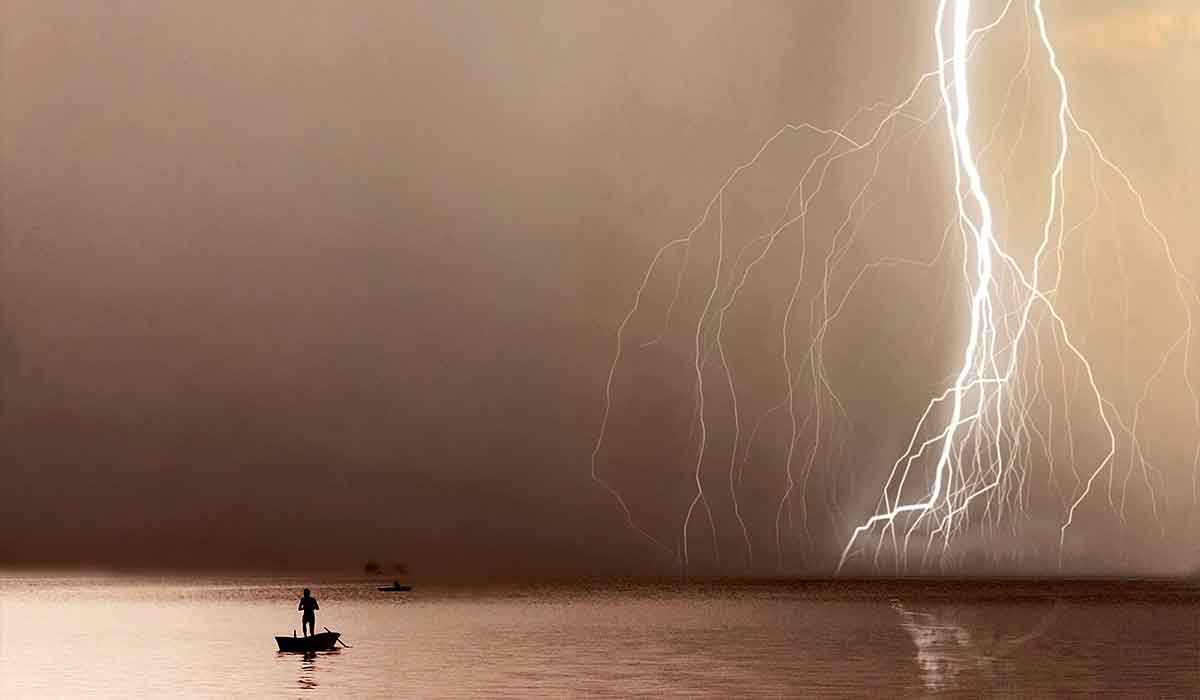broncobowsher
Contributor
I've always understood the best place to be is under the surface of the water. If the resources are right (plenty of gas, no boat waiting on you, know the weather patterns will generally blow by quick, etc) the best thing is to take a nice long extended stop and just wait for it to blow by. Cave divers who exit with a ton of gas would be perfect for this. A cattle boat off shore, in strong current, not a good choice.





